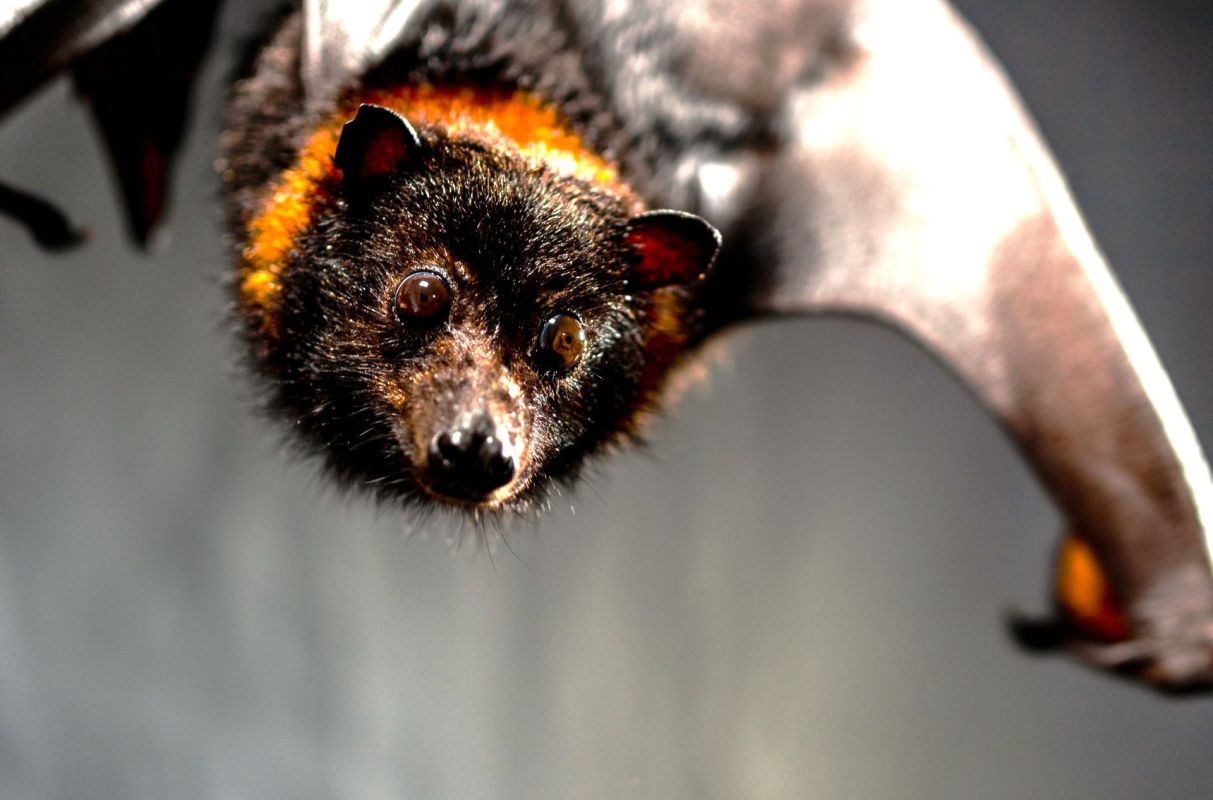The United States' Endangered Species Act removed 21 species from its at-risk list in October as they were declared extinct.
Human impact can be directly linked to the loss of biodiversity, and this is just the latest warning about the fragile state of life on the planet.
What happened?
The extinct species delisted on the U.S. Fish and Wildlife Service's ESA include birds like the Bachman's warbler, bridled white-eye, and large Kauai thrush, while the Little Mariana fruit bat is the only mammal. Two types of fish and eight types of mussels complete the troubling collection of animal loss.
"My heart breaks over the loss of these 21 species," Noah Greenwald, endangered species director for the Center for Biological Diversity, said in a press release. "Few people realize the extent to which the crises of extinction and climate change are deeply intertwined. Both threaten to undo our very way of life, leaving our children with a considerably poorer planet."
Why is this so concerning?
The ESA list only concerns species found in the United States and the territory of Guam, so it's just a snapshot of biodiversity loss in one area of the planet.
The United Nations has noted that global heating is the primary driver of biodiversity loss, while the destruction of ecosystems for agriculture is also a key factor.
"Climate change has altered marine, terrestrial, and freshwater ecosystems around the world," the UN has said. "It has caused the loss of local species, increased diseases, and driven mass mortality of plants and animals, resulting in the first climate-driven extinctions."
The declining health of ecosystems following biodiversity loss can have several negative impacts, such as affecting food and medicine production and increasing the chance of disease spreading from animals to humans.
What can be done to prevent biodiversity loss?
The Fish and Wildlife Service said that at least one plant species has had the delisting proposal removed, with new habitats found for a Hawaiian perennial herb known as Phyllostegia glabra var. Lanaiensis.
This is welcome news that shows with the right care and attention, we can limit biodiversity loss by taking affirmative action.
Meanwhile, limiting the rate of global temperature increases is vital for the protection of fragile habitats, so reducing human-caused pollution — which traps heat in the atmosphere — by switching to sustainable energy sources is one way to make a difference.
Preventing land loss through agriculture is another way to protect animal species, and reducing the global demand for meat can be achieved by eating more plant-based foods.
Join our free newsletter for weekly updates on the coolest innovations improving our lives and saving our planet.









